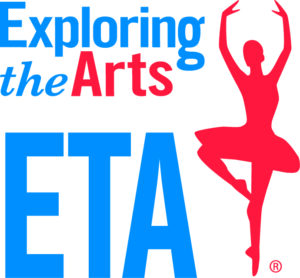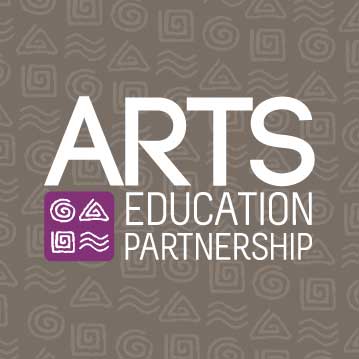 This guest post comes from Cheri Walsh, executive director of Exploring the Arts (ETA).
This guest post comes from Cheri Walsh, executive director of Exploring the Arts (ETA).
Research shows that students in schools with arts-rich learning environments academically outperform their peers in arts-poor schools. Of course, the arts do more than nurture key competencies and transferable skills; they also teach craft and impart essential, cultural knowledge.
To expand arts programming that provides the skills and knowledge vital to student development and engagement, Exploring the Arts’ has spent the last decade developing a core, capacity-building model — The 4-Year Plan for Partner Schools. ETA made multi-year commitments to 38 predominantly Title 1, public high schools throughout New York City and Los Angeles, providing schools with funding and technical assistance to implement strategic plans for building rigorous, school-day arts programs and curricula that lead to improvements in student learning, student engagement and program sustainability.
After 10 years, here are 10 things ETA has learned:
- The arts deserve funding. While no-cost strategies can help under-resourced schools provide opportunities, right-sized funding — coupled with a commitment to capacity and quality — can lead the way to a sustainable arts program.
- Money needs managing. Principals need support learning how to prioritize the arts in their budgets, fundraise from additional sources and identify smart investments worthy of their limited funds.
- The hard-to-fund is worth funding. Policymakers and school leaders can explore a variety of available funding sources — including those under the Every Student Succeeds Act, which supports a well-rounded education inclusive of the arts. When allocating funds, never neglect the practical: If a school’s band needs new instruments, it may also need safe, lockable storage cabinets.
- External arts partners add value. Master artists bring unique knowledge and inspiration to the classroom through teaching artist residencies, and students develop a deeper appreciation for the arts when they engage with professional works on field trips to cultural institutions.
- Certified classroom teachers add value. Students can earn arts credits, forge longer-term relationships with school-based faculty and progress through an advancing, sequential curriculum.
- Long-term planning is tough. School principals and teachers, particularly those serving students in resource-poor communities, are often stressed by pressing and competing needs. As the Network for College Success at the University of Chicago reported in their 2016 publication, A Capacity-Building Model for School Improvement, “Schools’ improvement efforts are thwarted and undermined when they are expected to continuously take up the latest priority or program without regard for schools’ developmental process and their existing strategy and plan for improvement,” noting that principals are often overworked and burdened by strict standards of accountability.
- Long-term planning is possible. Organizations like ETA can serve as seasoned coaches and strategic planning partners to help hold schools accountable to their goals and provide consistent, moral and practical support.
- Assessing progress is key. Just as educators benchmark student progress throughout the year with exams, projects and presentations, ETA Partner Schools benchmark their own progress toward long-term goals. Periodic assessments allow schools to address challenges before they become problems, and early indicators of success motivate schools to continue their commitment.
- Failure is an option. Partners who allow schools to struggle and make mistakes can be a valuable resource in the learning process. If school leaders cannot communicate candidly about setbacks, they may not receive support where it is needed most. As noted in the Wallace Foundation’s 2017 Leading Change Handbook, “It is difficult to get everything right up front [….] Often people mistakenly view the need for modifications to the original plan as if mistakes were made initially,” rather than recognizing the value in ongoing analyses that allow for informed, mid-course corrections.
- Giving schools agency can yield greater success. Models that enable schools to identify their own needs, goals and benchmarks within an established, supporting framework can help ensure greater cooperation and enthusiasm, sustained engagement and long-term success. As noted in The Wallace Foundation’s report, The School Principal as Leader: Guiding Schools to Better Teaching and Learning, principals and teachers, when treated as professionals and empowered to lead, will “assume their parts in realizing the school vision” with high standards for all.




